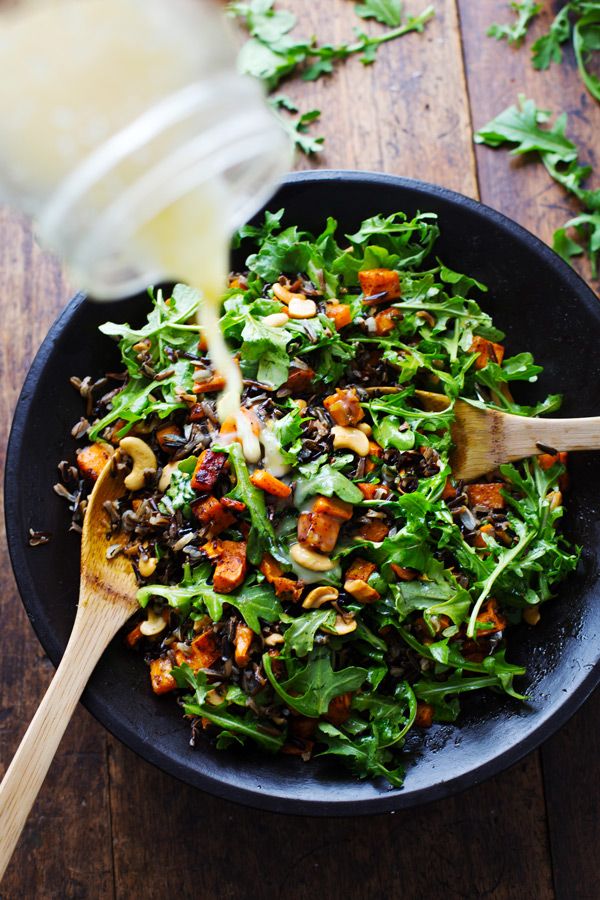As regular readers of my blog may know, I’m experimenting with resistant starch as a cure for constipation. Resistant starch is a type of food starch that remains whole through the stomach and small intestine, and, unlike most foods, reaches the large intestine intact. Thus, it “resists” digestion and begins to ferment…which, in turn, feeds good bacteria…which in turn produces a bunch of top health results, including great number two action.

There are several types of RS, but only two are actually accessible for consumption. I’ve shared how I chose to take my RS via a powdered form (Type 2 RS). I share how I went about it, and how it worked, here. But I always promised to give some tips on how to cleverly incorporate the other edible RS – retrograde resistant starch – into everyday eating. You should be aware, even if you’re taking the powdered Type 2 version, it’s recommended that you consume it with Type 3 RS as well. So here you go.
Bear in mind, aside from curing constipation, your body also treats resistant starches much like fibre, creating smaller glucose peaks than normal carbs and helps feed the good bacteria in your gut. You’ll also absorb fewer calories than you do when eating those same carbs in their usual (cooked and warm) state. This is because the carbs change composition when they’re cooled (and even more so when they’re reheated, read more below). These resistant starches are eventually excreted instead of being metabolized by our bodies.
How to incorporate resistant starch into your dinner
It’s as simple as eating starchy carbs that have been cooked, cooled and then reheated (in that order)…
1. Cook your carbs as you normally would. Including rice, pasta, potatoes, corn, polenta, baked beans, chickpeas, beans, lentils, peas, split peas, carrots, parsnips, sweet potato.
2. Allow the food to cool. To room temperature, if you’re using it for that meal. Otherwise store in the fridge for future use.
3. Eat it cold, or even better, reheated.
Et voila: resistant starch.
What happens here is that by cooling these starches you’re converting the carbohydrate (made mostly of digestible starch) into one that is indigestible, or “resistant”. It’s called resistant starch because it becomes resistant to the normal enzymes in your gut that break carbs down and release glucose that then cause blood sugar surges.
Researchers from the University of Surrey found that eating cold pasta resulted in smaller spikes in glucose than eating freshly cooked pasta. These results were even more pronounced when the pasta was reheated. Indeed, reheating cold, cooked pasta reduced spikes in blood sugar by 50 per cent.
A previous study in 2009 also showed that freshly cooked legumes, cereals and tubers had significantly higher levels of resistant starch after multiple cycles of heating and cooling. The resistant starch in peas increased by 115 per cent.
A few simple ideas to try:
1. Cold sweet potato salad. You might also like to try this Sweet Potato Casserole, for breakfast or dessert!
2. Make up some sweet potato puree to freeze and reheat for future meals. Find the recipe here.
3. Make up a fried rice meal. Using cooked-then-cooled rice.
4. Heat up your leftover starchy dinners for lunch. You’ll also be cutting down on food wastage. A very good thing. We incorporate this into the 8-Week Program.
5. Make a pasta salad. Again, using leftover cooked-and-cooled pasta. (If you’re doing our 8-Week Program, you’ll find a number of pasta options across the eight weeks.)
6. Try a pea salad. Where you cook and cool the peas first. I make mine with feta and mint.
7. Or make this Pea, Herb and Almond Crush.
8. Make a green puree for your kids. We’ve got an easy recipe right here.
Are you experimenting with resistant starch? What simple meals do you make?

